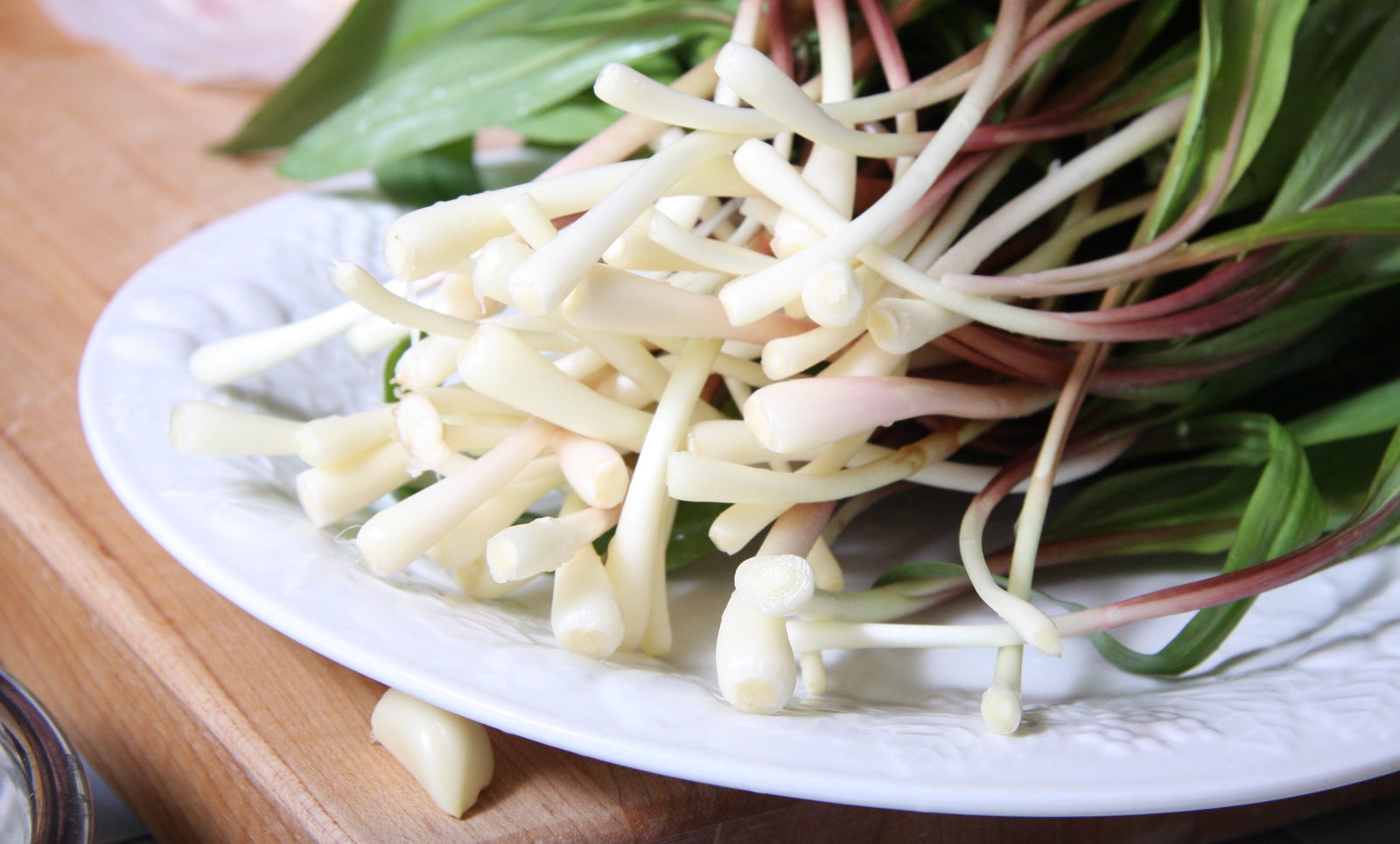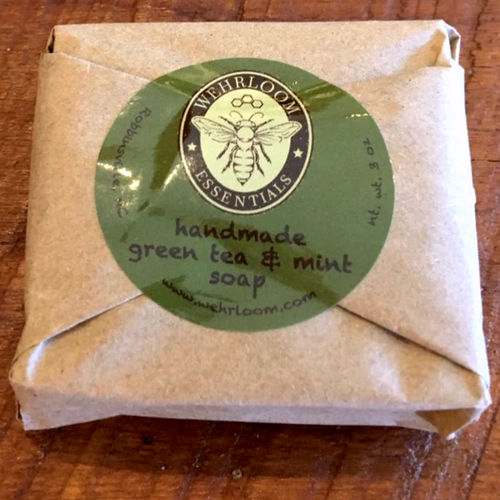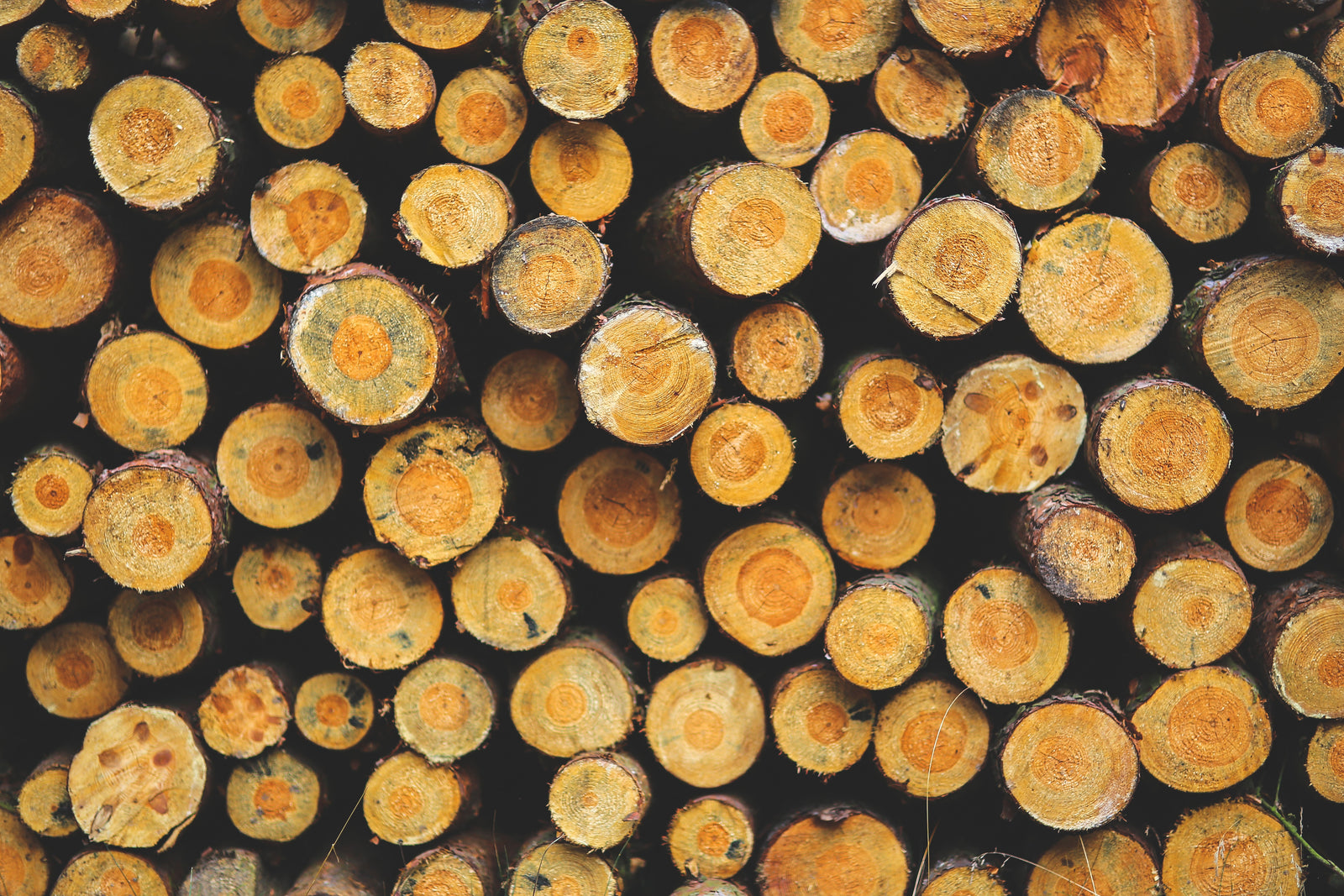
Photo by Justin Marx on Flickr.
“People are finding nostalgia in things that Appalachian people have done for years and years and trying to replicate that.”
— Adam Taylor, manager of the Catawba Sustainability Center
On a chilly April day, a group treks through the forest at the Catawba Sustainability Center in search of ramps.
But they aren’t looking to forage the plants, also known as wild leeks. This team from Virginia Tech and the U.S. Forest Service is studying the best production techniques for ramps.
Ramps, which are native to the Appalachian region, have grown increasingly popular, particularly in the culinary world. Experts say the intense interest in ramps, along with their limited window of availability each year, put them at risk of being over-harvested.
But they aren’t looking to forage the plants, also known as wild leeks. This team from Virginia Tech and the U.S. Forest Service is studying the best production techniques for ramps.
Ramps, which are native to the Appalachian region, have grown increasingly popular, particularly in the culinary world. Experts say the intense interest in ramps, along with their limited window of availability each year, put them at risk of being over-harvested.














